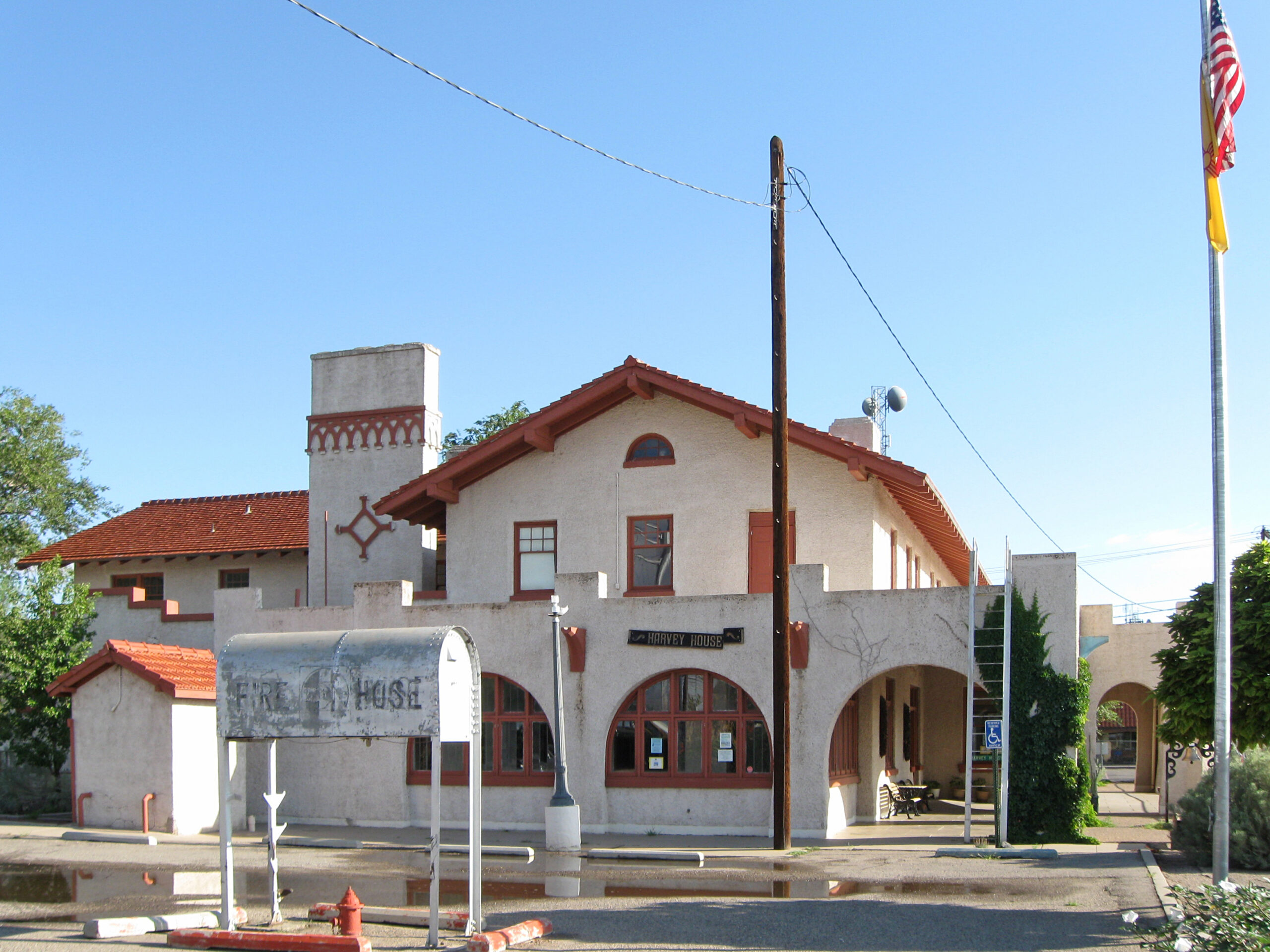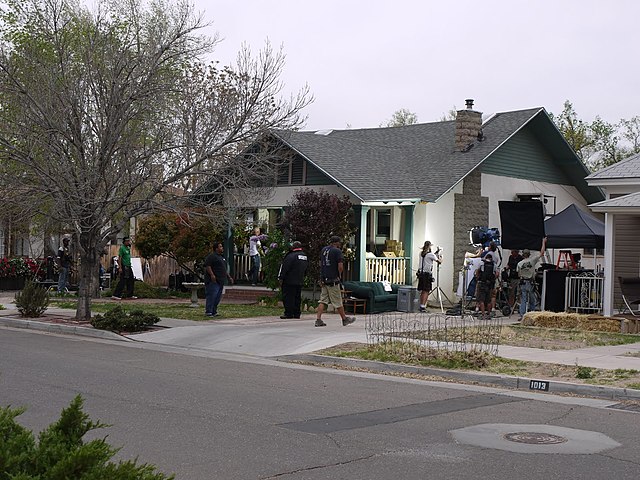The Harvey Houses of New Mexico are more than just old railroad stops—they are windows into the state’s rich past and its pivotal role in shaping the Southwest. These iconic establishments, created by Fred Harvey in the late 19th and early 20th centuries, revolutionized hospitality and dining for railroad travelers and helped popularize the beauty and culture of the American Southwest. Today, many Harvey Houses remain as historic sites, museums, and even active establishments, offering a fascinating glimpse into New Mexico’s history. Here’s where you can dive into their legacy.
What Were Harvey Houses?
Harvey Houses were part of a hospitality empire established by Fred Harvey, who partnered with the Atchison, Topeka, and Santa Fe Railway to bring quality food, accommodations, and service to travelers in an era when such luxuries were hard to find. Known for their fine dining, elegant architecture, and well-trained staff—famously including the Harvey Girls—these establishments set the standard for hospitality in the Old West.
The Harvey Houses of New Mexico
New Mexico’s location along the Santa Fe Railway made it home to several Harvey Houses, each with its own unique charm and history. Here are some of the most notable ones to explore:
La Fonda on the Plaza (Santa Fe)
Located at the terminus of the Santa Fe Trail, La Fonda is the only Harvey House that remains an active hotel. Known for its Pueblo Revival architecture, this historic hotel blends Old World elegance with Southwestern charm. Guests can dine at La Plazuela, the hotel’s restaurant, which still embodies the Harvey House tradition of exceptional food and service.
Highlight: The rooftop Bell Tower Bar offers incredible views of Santa Fe, perfect for a sunset toast.
Harvey House Museum (Belen)
This restored Harvey House in Belen now serves as a museum dedicated to preserving the history of Fred Harvey’s empire and the railroad industry. Visitors can explore exhibits about the Harvey Girls, the history of the Santa Fe Railway, and the cultural impact of these establishments.
Highlight: The museum’s original dining room and kitchen provide a vivid sense of what life was like for travelers and employees.
Castaneda Hotel (Las Vegas)
The Castaneda Hotel, built in 1898, was one of the grandest Harvey Houses in New Mexico. After years of neglect, it has been beautifully restored and now operates as a boutique hotel. Guests can stay in rooms that reflect the building’s historic charm while enjoying modern amenities.
Highlight: The hotel’s preservation pays tribute to its original splendor, making it a destination for history buffs and architecture enthusiasts.
El Ortiz Hotel (Lamy)
Once a bustling stop for passengers traveling by rail, the El Ortiz Hotel in Lamy was known for its exquisite Mission Revival design. Though the original building no longer stands, the Lamy Railroad and History Museum offers insights into the Harvey House legacy in the area.
Highlight: The museum features artifacts from the heyday of rail travel, along with stories of the Harvey Girls who worked there.
The Alvarado (Albuquerque)
The Alvarado Hotel, built in 1902, was one of the most luxurious Harvey Houses and a crown jewel of Albuquerque. Although it was demolished in 1970, the spirit of The Alvarado lives on at the nearby Alvarado Transportation Center. The center’s architecture pays homage to the original building, and the site remains a transportation hub for the city.
Highlight: Historical markers and photos around the area commemorate the hotel’s legacy.
Clovis Harvey House
Located in the eastern part of the state, the Clovis Harvey House served as a vital stop for rail passengers in the early 1900s. Today, it stands as a reminder of Clovis’s importance as a railroad town and features exhibits detailing the area’s connection to the Harvey House legacy.
Highlight: The preserved dining area showcases the elegance of Harvey House service.
The Legacy of the Harvey Girls
No exploration of the Harvey Houses would be complete without acknowledging the Harvey Girls, the women who staffed these establishments. Known for their professionalism and dedication, Harvey Girls became symbols of opportunity and independence for women in the early 20th century. Their story is a testament to the social changes that Fred Harvey’s empire helped bring about.
Conclusion
The Harvey Houses of New Mexico are more than relics of the past—they are vibrant pieces of history that showcase the evolution of hospitality, transportation, and culture in the American Southwest. Whether you’re exploring a restored hotel, visiting a museum, or simply marveling at the architectural beauty of these iconic buildings, each stop offers a unique connection to New Mexico’s heritage. Dive into the legacy of the Harvey Houses and discover the timeless charm they continue to bring to the Land of Enchantment.





